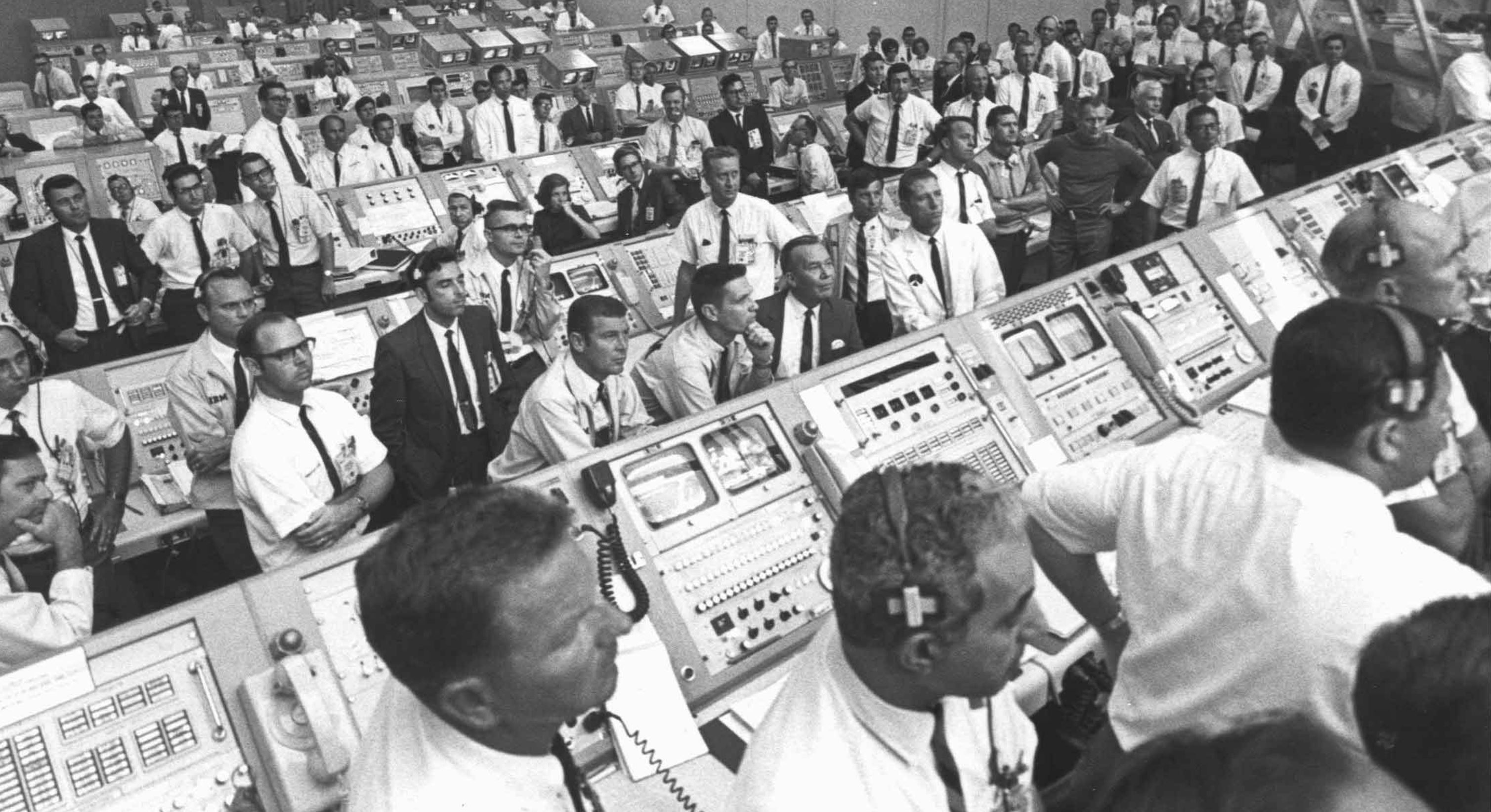An event 50 years ago profoundly transformed and expanded the way world populations have since come to view our human potentials both on and beyond Earth.
Tomorrow marks that half-century anniversary when two of my personal friends, Neil Armstrong and Buzz Aldrin, set foot on the moon, as Apollo XI Command Module Pilot Michael Collins orbited above.
It has been an enormous personal and professional life privilege to know many of those pioneers who have ventured into space prior to, throughout, and following Apollo, along with numerous others who made such marvelous achievements possible.
Neil, for example, graciously served on the board of directors of a company I co-founded with former NASA Johnson Space Center Chief Engineer, the late Max Faget and two other partners. Two former NASA Johnson Space Center directors, Robert Gilruth and Christopher Kraft, also served on our board.
Buzz, an advisory committee member of our University of Houston Sasakawa International Center for Space Architecture Space Architecture (SICSA), has been a close friend over a period spanning four decades. Apollo VII astronaut Walter Cunningham and five-mission Space Shuttle/International Space Station astronaut Bonnie Dunbar also serve on this committee.
My professional activities have also provided opportunities to know and warmly befriend numerous Russian cosmonauts, scientists, and technology development leaders.
My admiration for their competencies and accomplishments is profound.
We might recall that it was only a few weeks after Yuri Gagarin’s orbital flight in 1961 when President John Kennedy brashly committed the U.S. to send a man to the moon and return him safely before the end of that decade.
America did that, and even better — putting four of our citizens on the lunar surface and returning them by 1969, plus delivered two more into lunar orbit who returned with them.
Within three more years, eight others had walked on the moon on successful round-trip voyages, along with four more orbital companions.
Some of those same Apollo astronauts, and many daring predecessors, literally blazed that pathway. They flew on two suborbital and four Earth-orbital Mercury launches, nine Earth-orbital Gemini flights, two Earth-orbital Apollo tests, and two lunar-orbital tests that made those lunar surface landings possible
The occasion of commemorating this historic 50th Apollo XI anniversary most appropriately begs fuller appreciation of Neil’s affirmation, “One small step for [a] man: one giant leap for humanity.”
That first small human step represented a bold gamble for many reasons.
As Max Faget observed, “We didn’t know what kind of moon we were going to land on.
We didn’t know what the radiation environment would be like on the moon. Just a whole host of things like that we didn’t really know. And we had to move ahead anyway.”
And as Buzz recalls, “Before we left Earth, some alarmists considered the lunar dust as very dangerous . . . in fact pyrophoric (explosive) . . . capable of igniting spontaneously in air. The theory was that the dust had been so void of contact with oxygen that assoon as we re-pressurized our lunar module it might heat up, smolder, and perhaps burst into flames.
“A late July fireworks on the moon was not something anyone wanted!”
Very fortunately, divine providence never called upon the Nixon White House to release a secret internal statement which had been prepared just in case the mission didn’t end well. Titled “In Event of Moon Disaster,” it said, “Fate has ordained that the men who went to the moon in peace will stay on the moon to rest in peace.”
It went on to say, “There is no hope of recovery,” and added, “In their exploration, they stirred the people of the world to feel as one; in their sacrifice, they bind more tightly the brotherhood of men.”
Why should we set such dangerous challenges? Because, as Buzz points out, “It reminds the public that nothing is impossible if free people work together to accomplish great things. It captures the imagination of our youth, it fuels the American workforce and economy with high technology jobs, and it fosters peaceful and beneficial international collaborations to ensure U.S. foreign policy leadership.”
Buzz urges us to realize that we are now at an important inflection point in human history.
“America must once again dare to pursue big dreams . . . Our Apollo days were a time when we did bold things, achieving leadership. Now is our time to be bold again in space.”
Eternal footprints left by Neil, Buzz and other brave members of their elite Apollo group, are now immortalized in a very special place in our human experience. Still others have, and continue to extend lessons-learned from these experiences to new orbital and planetary enterprises.
They, and those who provided the roadmaps and means, inspire us to realize that with courage, dedication and education, worthwhile, ambitious dreams simply await action.
Let their examples and lessons never be forgotten.
